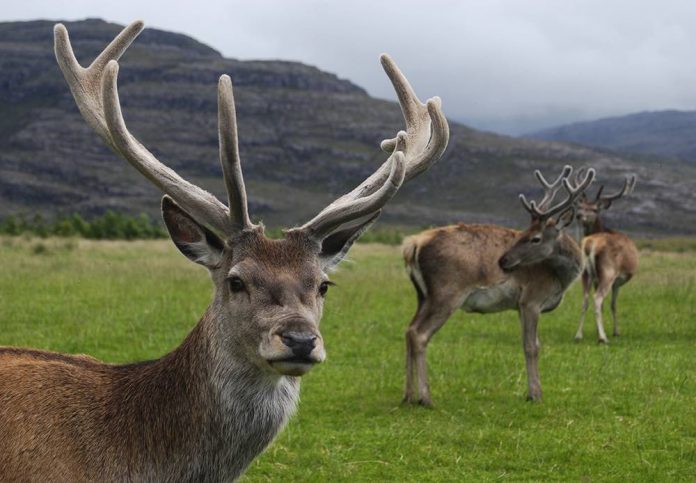The clothing of O¨tzi the Tyrolean Iceman has been used to define the type of red deer that existed in the Italian Alps during the Copper Age. Cristina Olivieri from the University of Camerino in Camerino, Italy and colleagues from Italy and Denmark are the first to examine the lineage of the Tyrolean Iceman’s clothing.
The Tyrolean Iceman lived between 5,300 years ago and 5,100 years ago. Unrelated evidence has suggested that Neolithic red deer were a food and clothing source for the Tyrolean Iceman and other peoples in Europe at the time. Fur clothing was a necessity at the time due to the lower average temperatures across Europe.
The researchers extracted a genetic fragment from a few of the hairs that were the outer clothing of the Tyrolean Iceman. The scientists compared the red deer genetics of 5,200 years ago with presently known red deer populations and fossil remains of the three known red deer populations. Three groups of red deer have populated Europe over the last 5,300 years. The groups are designated as western, eastern, and North-African based on their genetics.
The clothing of the Tyrolean Iceman came from deer that originated in Western Europe. The present red deer population in the Italian Alps is derived from the eastern genetic lineage. The researchers propose that glacial movement and weather patterns promoted the change in red deer populations in the Italian Alps that was concurrent with the movement of humans.
Red deer and humans sought refuge from the forces of nature in migration to small areas of warmer temperatures during the Neolithic. The migration of the red deer may have been a force that moved peoples that hunted the deer. Red deer populations have declined in Europe due to loss of habitat and human activities over the last few centuries. Present efforts to repopulate parts of Europe with red deer are potentially assisted by this study of an ancient human that was fortunately preserved by the temperatures in the Alps.















